
Compound (D) is :


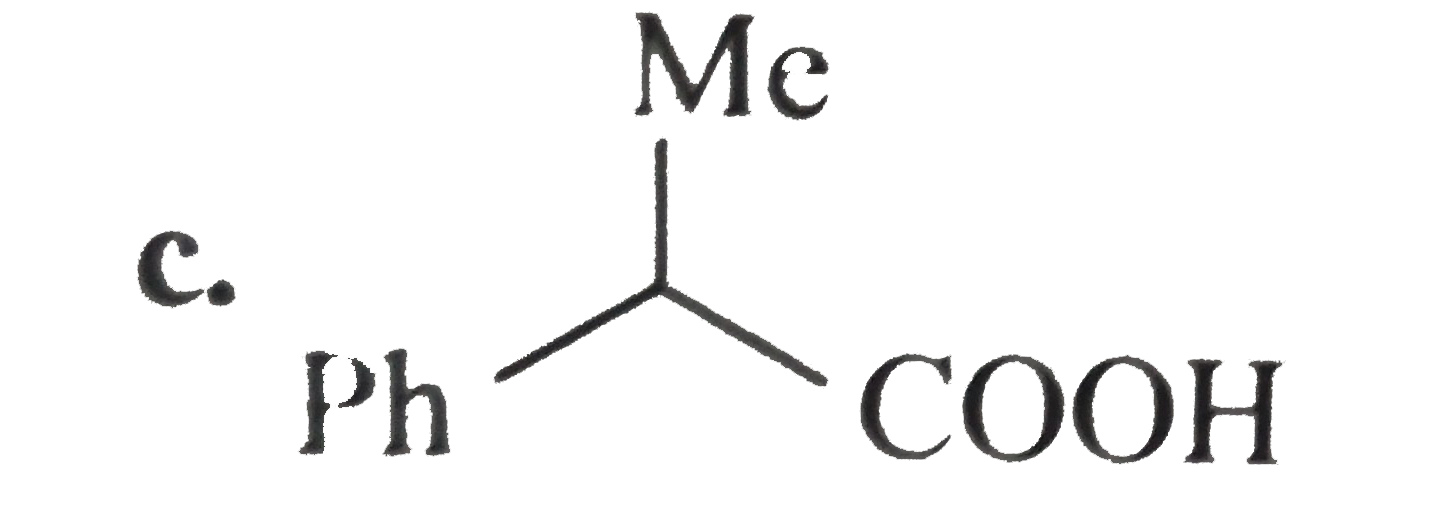
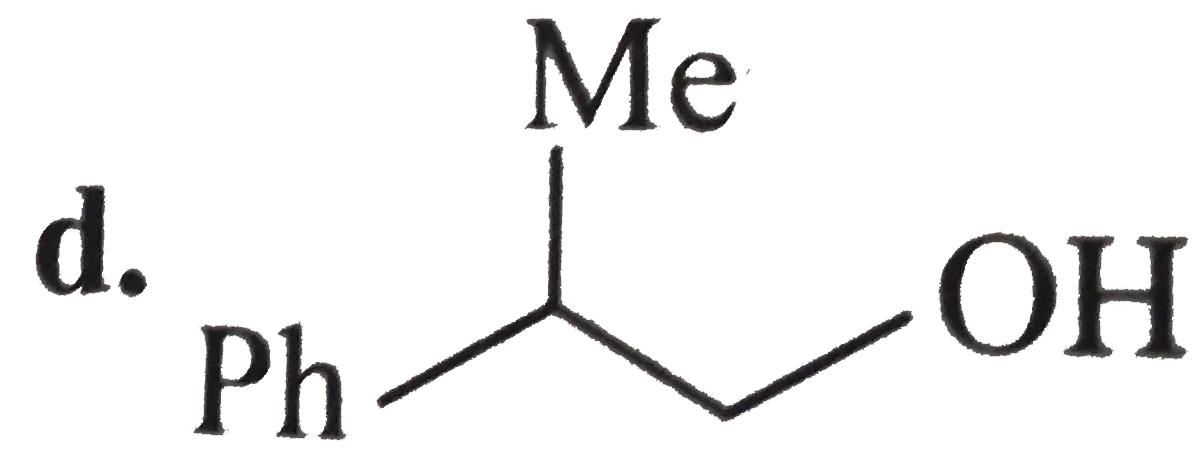
The correct Answer is:A
(a) Formation of (E) suggests monosubstituted acid and reaction of 1mol of H2 with (A) and (B) shows one (C=C) bond. There are 6D.U.[4D.U.for(Ph) group, 1D.U. For (COOH), and 1D.U for (C=C)] in both (A) and (B).
Chiral compound with nine C atoms would be 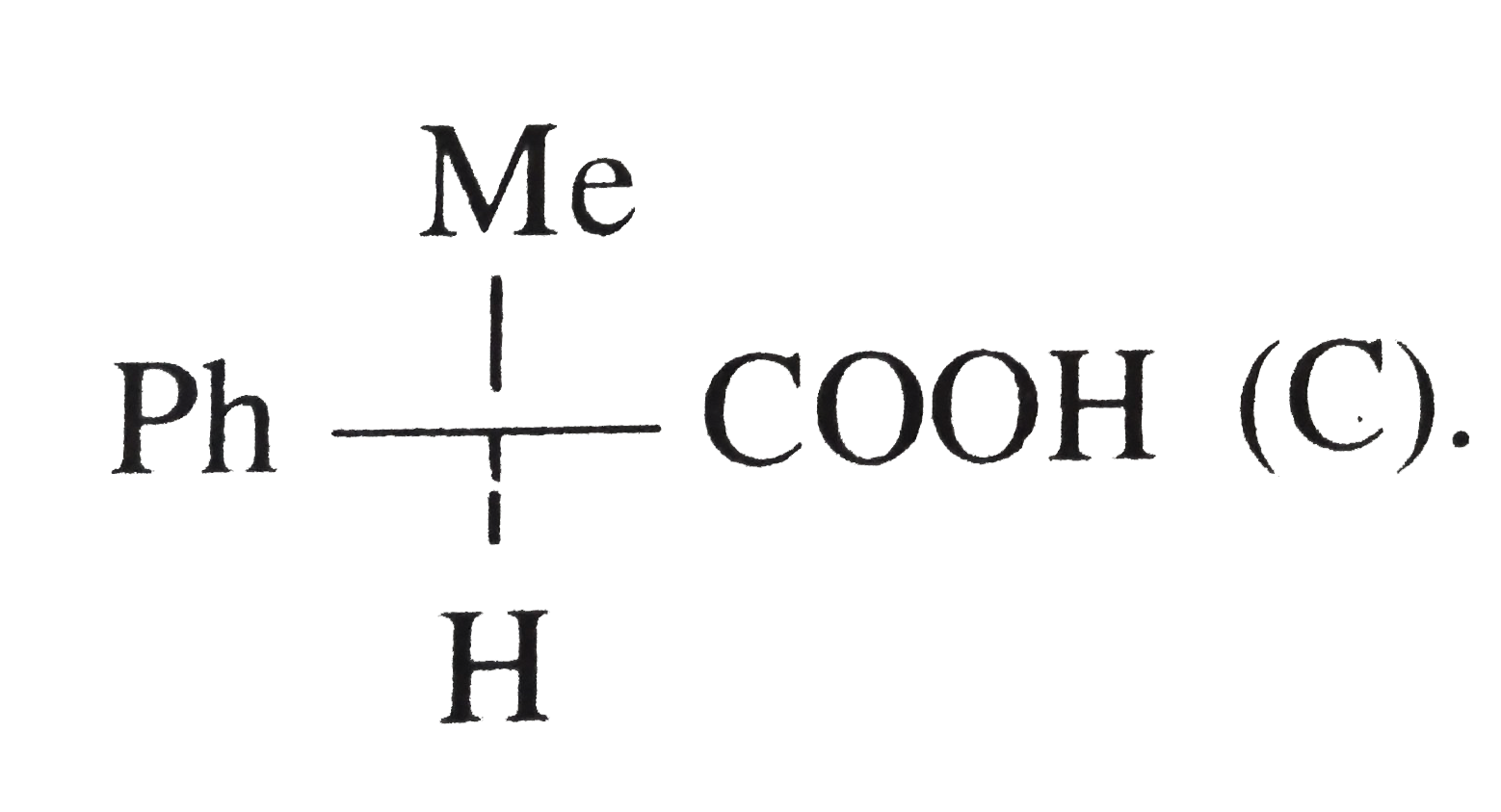
Reactions :

Here, (C) and (D) can be distinguised quantitatively by H.V.Z reaction (C) has one α−H atom and would give monochlorinaed product, whereas (D) has two α−H atoms and would give dichlorinated product. The chlorine content in the chlorinated derivatives of (C) and (D) is determined by quantative methods.
Topper's Solved these Questions
- BOOK - CENGAGE CHEMISTRYCHAPTER - CARBOXYLIC ACIDS AND THEIR DERIVATIVESEXERCISE - Exercises (Multiple Correct)35videos
CARBOXYLIC ACIDS AND THEIR DERIVATIVES
- BOOK - CENGAGE CHEMISTRYCHAPTER - CARBOXYLIC ACIDS AND THEIR DERIVATIVESEXERCISE - Exercises (Singlecorrect)64videos
CARBOXYLIC ACIDS AND THEIR DERIVATIVES
- BOOK - CENGAGE CHEMISTRYCHAPTER - CARBOXYLIC ACIDS AND THEIR DERIVATIVESEXERCISE - Exercises (Subjective)19videos
CARBOXYLIC ACIDS AND THEIR DERIVATIVES
- BOOK - CENGAGE CHEMISTRYCHAPTER - BIOMOLECULES, POLYMERS AND CHEMISTRY IN EVERYDAY LIFEEXERCISE - QUESTION BANK8videos
BIOMOLECULES, POLYMERS AND CHEMISTRY IN EVERYDAY LIFE
- BOOK - CENGAGE CHEMISTRYCHAPTER - CHEMICAL KINETICSEXERCISE - Archives Subjective23videos
CHEMICAL KINETICS
Similar Questions
Match each of the following four structures with one of the compound A-D on the basis of the following experimental facts
Compound (A),(B) and ( C ) are optically active, but compound (D) is not
Compound (C ) gives the same products as compound (D) on treatment with periodic acid, But compound (B) gives a different product.
Compound (A) does not react with periodic acid.

Compound A-D are respectively?View SolutionThe compound (C) is changed into a compound (D) when its aqueous solution is boiled.
View Solution
Knowledge Check
- Question 1 - Select One
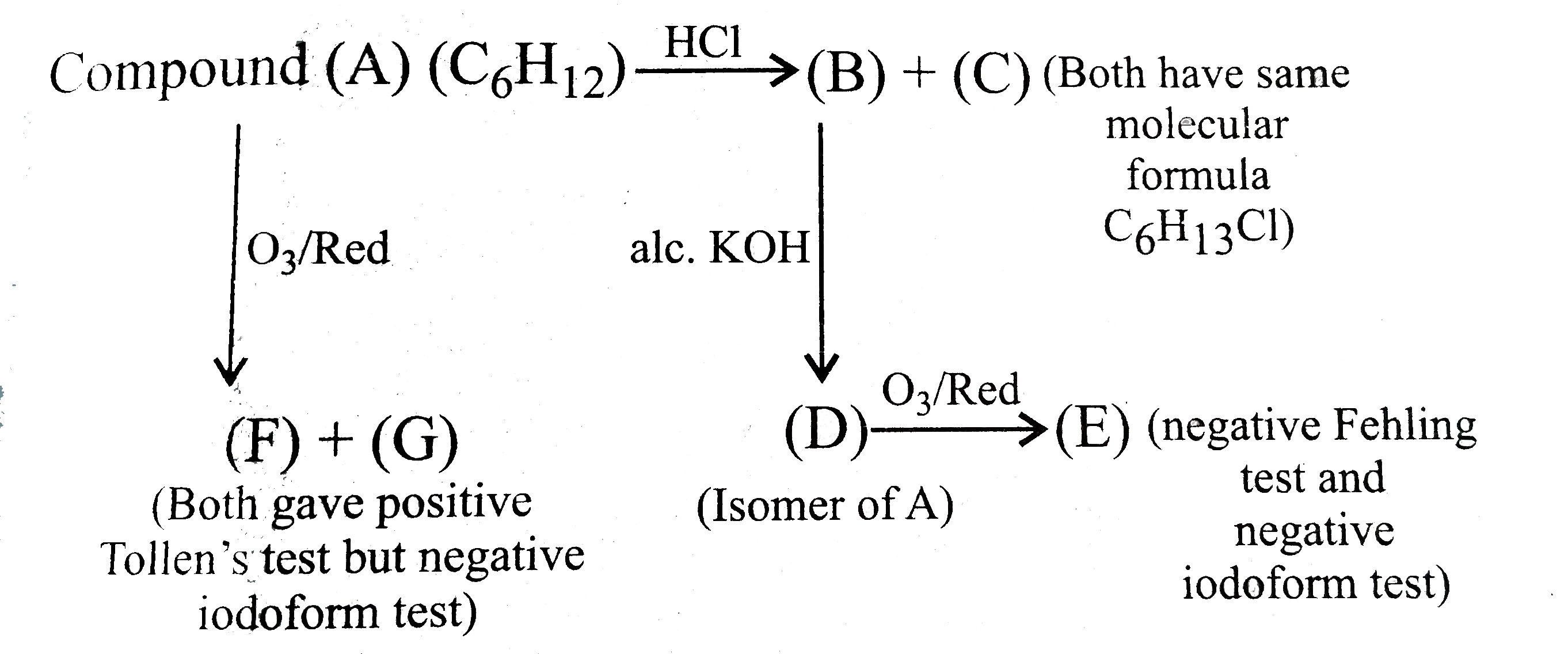
The compounds (D) is:Aa.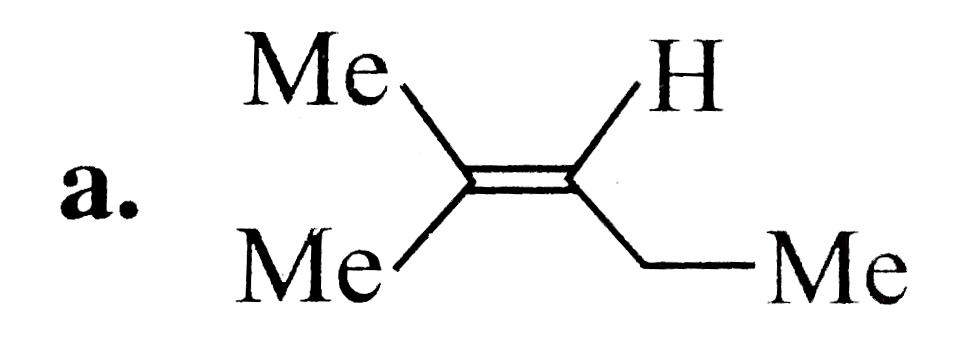 Bb.
Bb.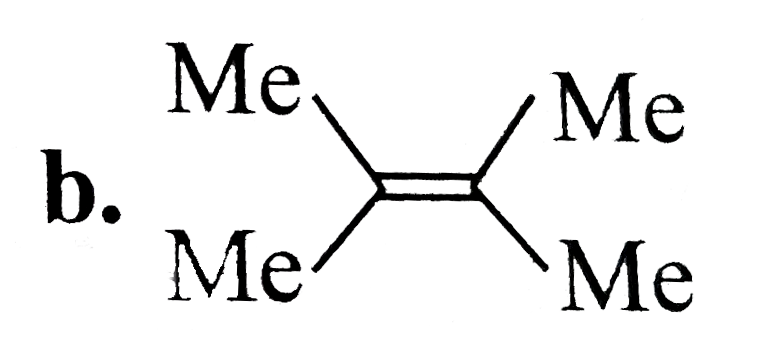 Cc.
Cc. Dd.
Dd.
- Question 2 - Select One
An inorganic red coloured compound (A) on heating gives a compound (B) and a gas (C). (A) on treatment with dil. HNO3 gives compound (D), brown colour substnace (E) and a neutral oxide (F). Compound (D) on warming gives off again gas (C). Then, (E) will be
AMn3O4BPbO2CPb3O4DFe2O3 - Question 3 - Select One
Compound A gives D-Galactose and D-Glucose on hydrolysis. The compound A is :
AAmyloseBSucroseCMaltoseDLactose
When an oxide of manganese (A) is fused with KOH in the presence of an oxidising agent and dissolved in water, it gives a dark green solution of compound (B). Compound (B) disproportionates in neutral or acidic (C ) oxidises potassium iodide solution to a compound (D) and compound (A) is also formed. Identify compounds A to D and also explain the reactions involved.
View Solution(A)(Dark purple almost black)Δ−−→(B)(Green)+(C)(Black)+(D)
Find the number of correct statements:
(a) Compound B is K2MnO4
(b) Compound C is MnO2
(c) Compound D is O2
(d) Compound B is paramagnetic in nature
(e) Compound D has two unpaired electrons in bonding molecular orbitalView Solution
The compounds (D) and (E) respectively are:View Solution
The compounds (D) and (E ) are:View Solution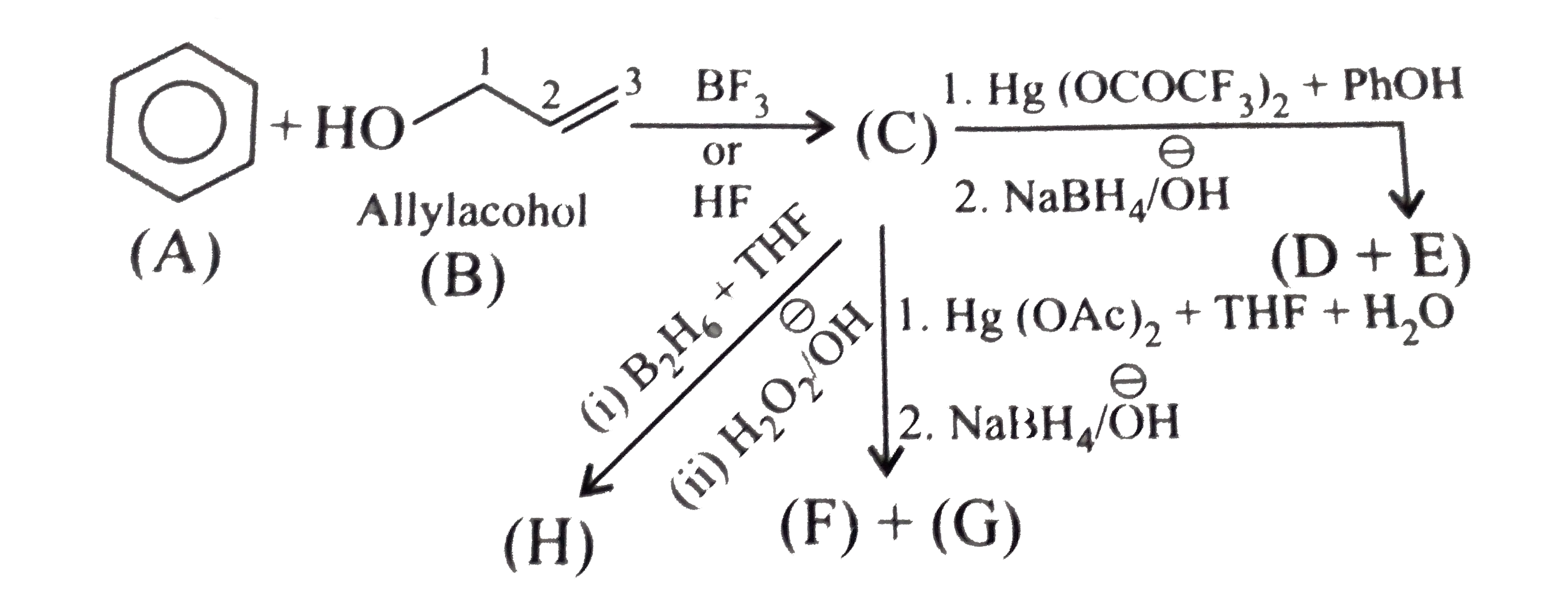
The compounds (D) and (E ) are:View Solution

